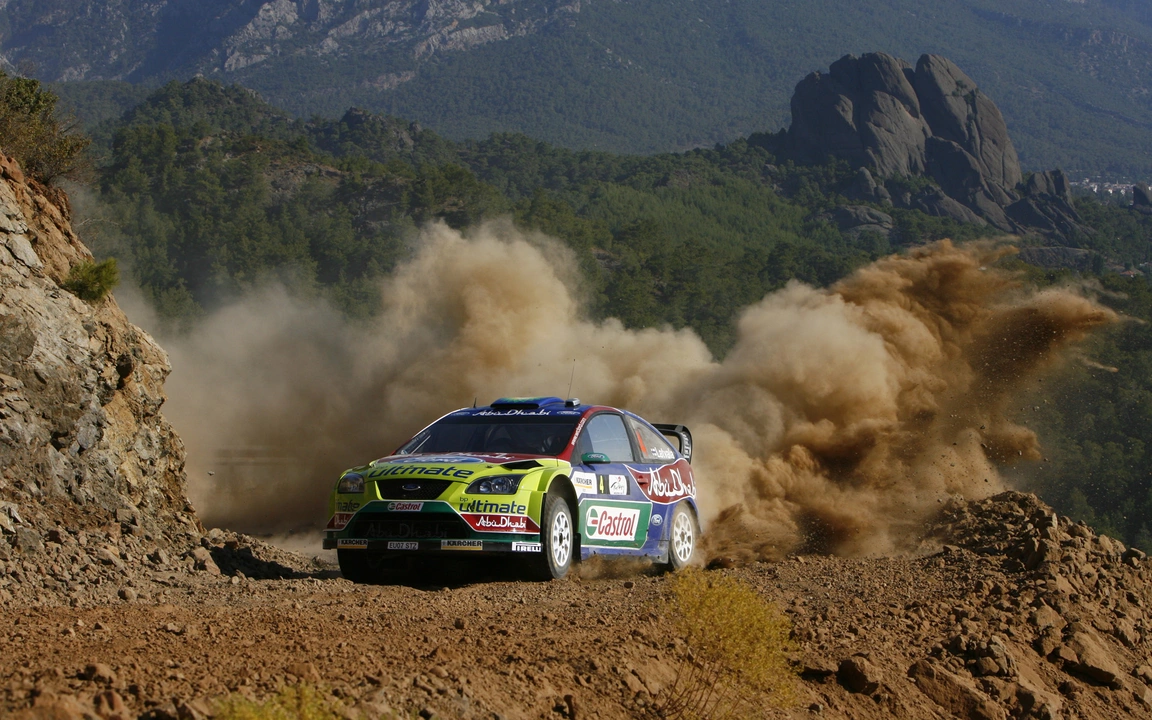Drift in Rally Cars – What Makes Them Slide?
If you’ve ever watched a rally event you’ve probably seen cars hugging a corner with the rear end slipping out. That’s drifting, and it’s not just for show. In rallying the slide is a tool to keep speed high while staying in control on loose surfaces.
Unlike circuit racing where the track is smooth and predictable, rally stages throw gravel, mud, snow, and tight hairpins at you. The car’s traction changes from one metre to the next, so staying planted the whole way is impossible. By deliberately letting the rear wheels lose grip, drivers can rotate the car faster than they could by steering alone.
Why Rally Cars Drift
The main reason is physics. When a car turns, the front wheels point the vehicle, but the rear wheels push it forward. If the rear wheels grip too much, the car resists turning and you waste time. A controlled slide lets the rear wheels point slightly outward, creating a yaw moment that helps the car turn sharper.
Drifting also lets drivers balance brake and throttle inputs. On a slippery gravel bend, you might brake a little, lift off the throttle, then flick the steering and give a burst of power. The power break‑away keeps the car rotating without sliding off the road. It’s a dance between engine, brakes, and steering.
Another benefit is that the slide keeps the car’s weight centered over the wheels that have the most grip at that moment. When the rear wheels lose traction, the front wheels can still push the car forward, and the driver can steer with confidence.
Techniques to Master the Slide
Getting a drift right takes practice. The most common method is the “hand‑brake turn”. Pulling the hand‑brake locks the rear wheels for an instant, letting the rear swing outward while the front stays pointed. Once the car is rotating, you release the hand‑brake, feather the throttle, and steer to control the angle.
Another technique is “power oversteer”. Here you stay off the hand‑brake and simply apply a burst of throttle while the car is already turning. The sudden torque overwhelms the rear wheels, making them slide. This works best on loose surfaces where the tires can spin without damaging the engine.
Weight transfer is key. Shifting your body weight (or the car’s weight through braking and acceleration) changes which wheels are loaded. A light front‑end before a turn helps the rear break loose easier. Many drivers also use “counter‑steer”: once the rear starts to swing, you steer in the opposite direction to keep the car from spinning out.
Practice on a safe, empty gravel lot first. Start at low speed, pull the hand‑brake, and feel the rear step out. Adjust your steering and throttle until you can keep the car sliding in a controlled arc. As you get comfortable, increase speed and try different surfaces.
Remember, drifting isn’t about losing control – it’s about using controlled loss of grip to stay faster. The best rally drivers treat every corner as a chance to pick the right slide, then ride it to the next checkpoint.
So next time you watch a rally you’ll see why the rear end swings out and how drivers turn that slide into an advantage. With the right technique, the drift becomes a precise tool, not a risky stunt.
Why do rally cars drift around corners?
As a rally car enthusiast, I've always been fascinated by the way these cars drift around corners. From my understanding, there are a few key reasons behind this thrilling technique. Firstly, drifting allows drivers to maintain speed while navigating tight turns, thus reducing the time taken to complete the course. Additionally, the ability to control the car's weight transfer during a drift helps maintain traction, which is crucial for unpredictable terrains. Overall, drifting is not only a visually impressive skill, but also a practical and necessary driving technique for rally car racers.
Read More

